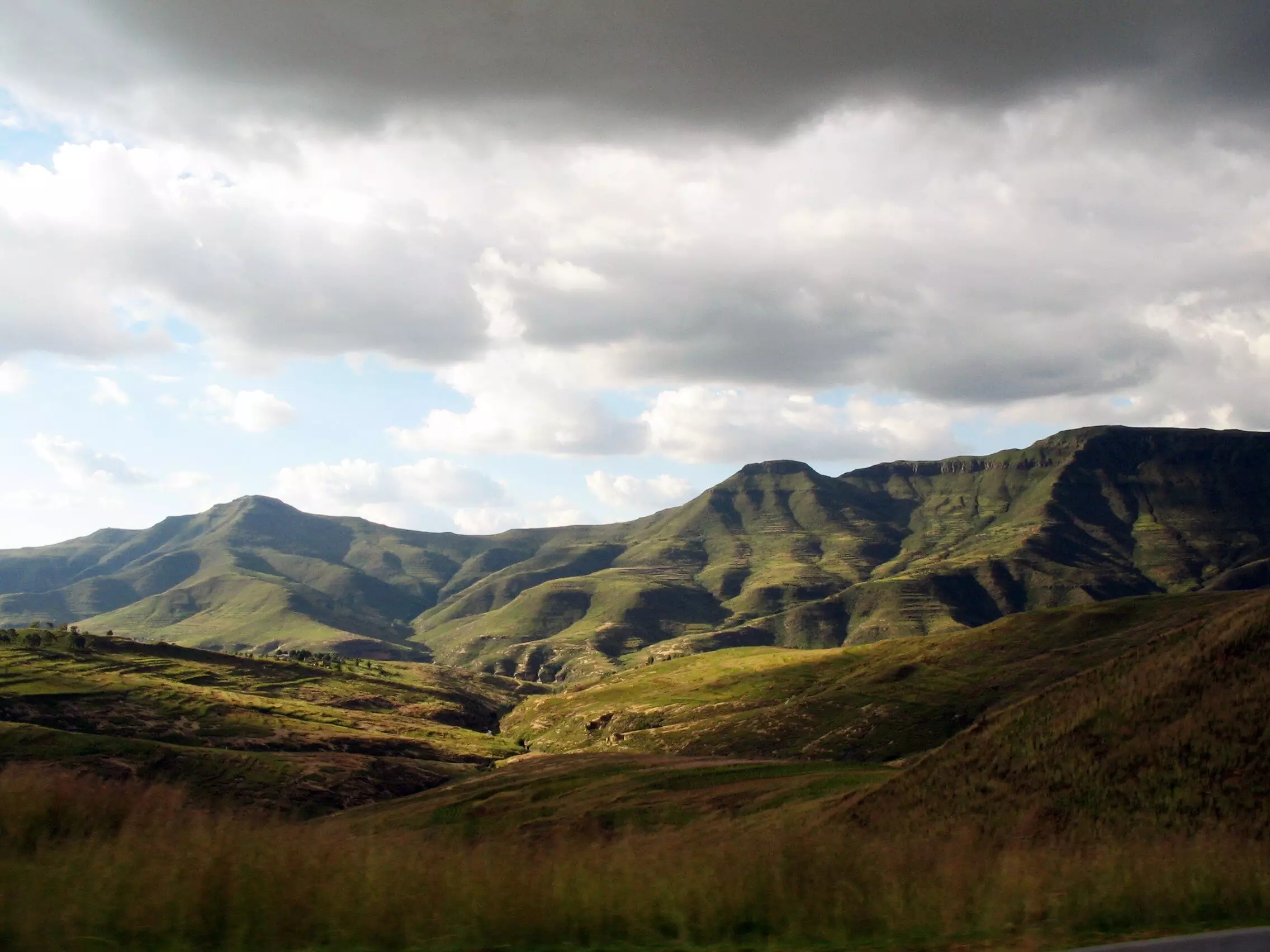Recent research conducted by scientists at the University of Southampton has shed light on fundamental mysteries surrounding the geological processes that shape our planet’s surface. At the heart of this study lies a pressing question in the field of plate tectonics: How do so-called “stable” regions of continents experience uplift, leading to the creation of dramatic topographical features such as plateaus and escarpments? The study’s findings, published in the prestigious journal Nature, reveal that powerful geodynamic forces triggered by continental rifting play a crucial role in shaping these elevated landforms.
Historically, scientists have grappled with the complexity of vertical motions of cratons—the ancient, stable parts of continents. The research team, led by Professor Tom Gernon, incorporated advanced computer modeling and collaborative efforts with various geoscientific institutions to tackle the enigma of how continental interiors undergo substantial changes driven by tectonic activities.
A Closer Look at Rifting and Its Consequences
The study emphasizes the links between continental rifting and the subsequent movements beneath the Earth’s surface. When tectonic plates fracture and drift apart, they trigger deep mantle waves, which lead to notable changes in geologic structures. These waves create disturbances in the mantle—the thick layer of the Earth beneath the crust—causing the solid ground above to rise significantly.
Prior hypotheses suggested that features like Great Escarpments, such as the famous escarpment surrounding South Africa, were primarily the result of rifting. However, proving this connection and understanding the mechanisms that prompt uplift in regions far from actual rift locations remained elusive for researchers for decades. Through rigorous statistical analyses and simulations, the Southampton team made strides toward clarifying these relationships.
The Mechanics of Geodynamic Forces
One of the pivotal concepts presented in the research is that of isostasy—a state of gravitational equilibrium that dictates how Earth’s crust maintains its position above the denser mantle. As the continental crust stretches and thins during rifting, it becomes lighter. This leads to an upward movement of the Earth’s surface, akin to a hot-air balloon rising higher as it loses weight. Such analogies pave the way for understanding how significant geological features emerge from beneath what was once perceived as stable terrain.
Moreover, the researchers discovered that these mantle waves contribute to extensive erosion patterns that can reshape environments over millions of years. The ongoing erosion allows the land to rise even further, giving birth to both steep escarpments and flat plateaus across vast regions. This interplay between uplift and erosion is what underlies the complex mosaic of landscapes we observe today.
The implications of the Southampton team’s findings extend beyond mere topography; they also touch on climate science and biodiversity distribution. The elevation changes resulting from uplift can drastically impact local climates, altering precipitation patterns and leading to different ecological outcomes. Understanding these dynamics is essential for gauging how geological events influence the biosphere.
Dr. Steve Jones, an associate professor involved in the research, noted the connection between mantle disturbances and the long-term effects they have on sedimentation patterns and resource distribution. Whether it is regarding climate variations over geologic time scales or the integrity of ecosystems, these results provide a foundation for further exploration in environmental sciences.
This research represents a significant advance in our grasp of Earth’s geological history and processes. By elucidating the interplay between tectonics and landscape evolution, the study enriches our understanding of how dynamic forces have shaped the continents over millions of years. Moreover, the findings resonate with previous research linking earthquakes and volcanic activity to the disturbance of mantle processes.
As the scientific community continues to unravel the intricacies of plate tectonics, the work from the University of Southampton highlights the importance of integrated approaches—uniting modeling and field observations—to tackle complex geological questions. The nuances of how Earth’s landforms emerge and evolve not only satisfy intellectual curiosities but also aid us in addressing contemporary issues related to climate change and resource management.
The innovative work led by Professor Gernon and his team offers a new lens through which to view the profound connections between Earth’s interior processes and the surface landscapes. The narratives constructed from these findings will surely inspire ongoing dialogue within the scientific community, fueling further research into the intricate history of our planet.


Leave a Reply